Last updated on 2025-05-11
A review and photo examples using the CONTAREX BIOGON 21mm F4.5 with a digital rangefinder camera.
Table of contents
Gallery
- The sample photos were taken with the LEICA M9 and EPSON R-D1.
Review
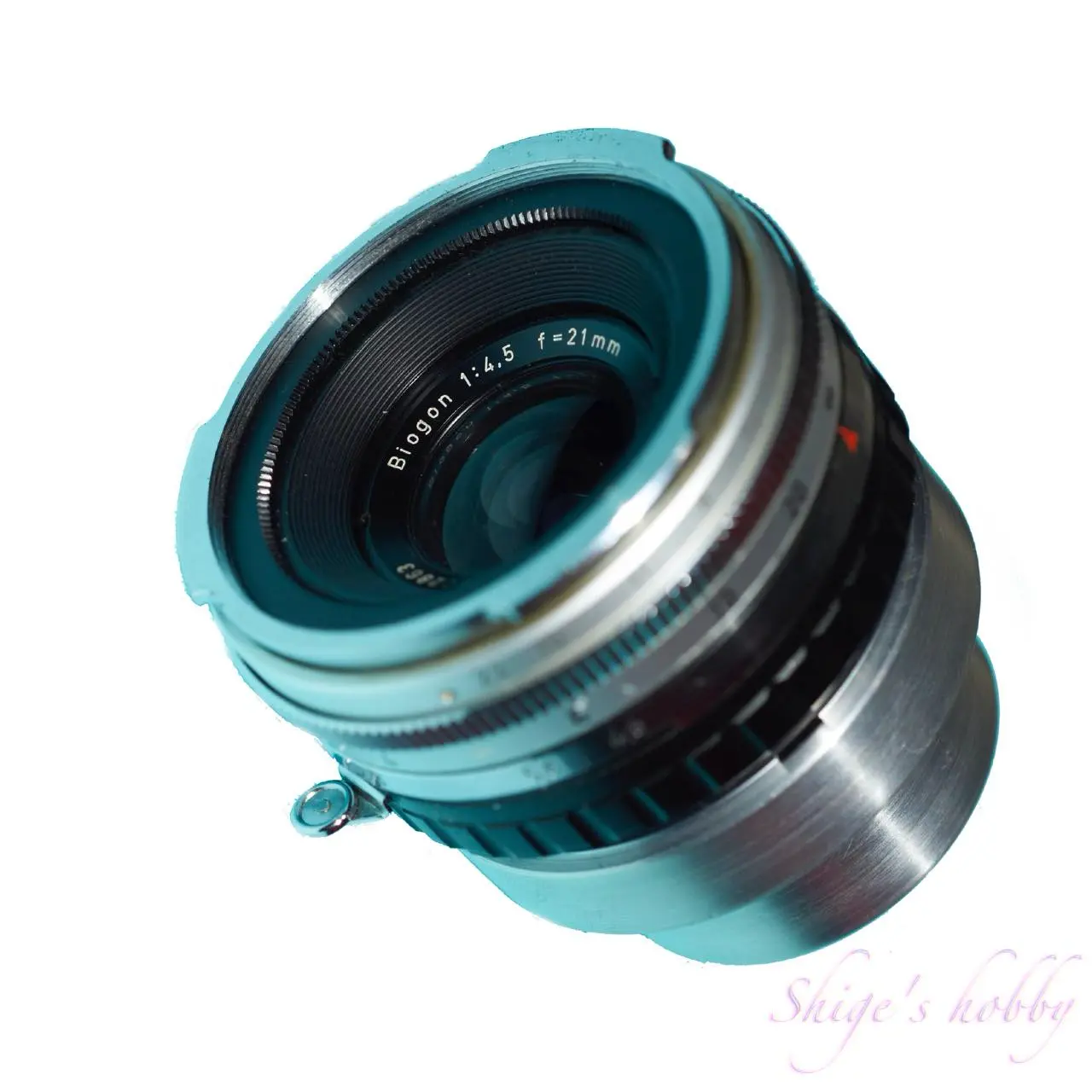
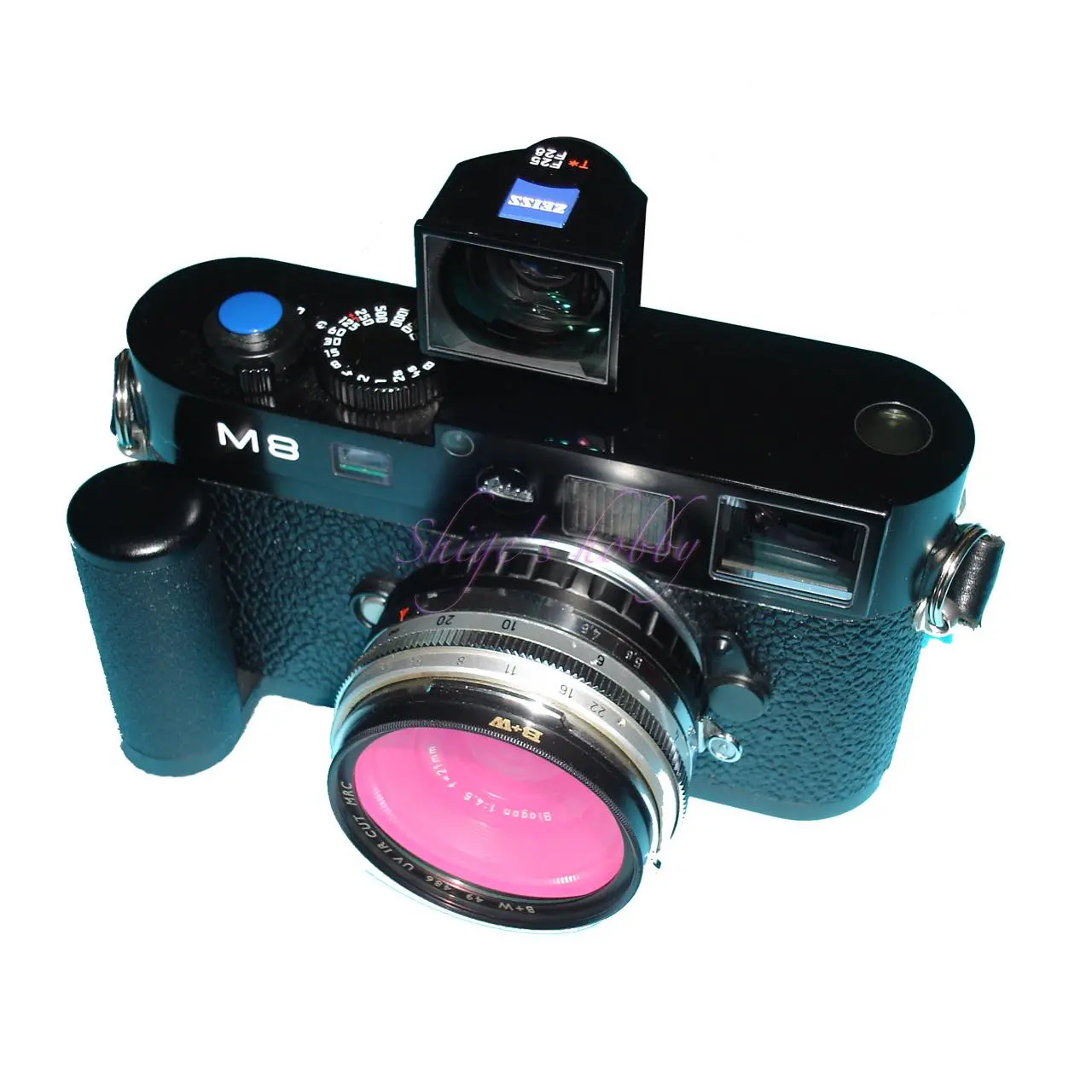
1.Overview
The Biogon 21mm F4.5 is a wide-angle lens for the ZEISS IKON CONTAREX SLR released in 1958.
Because it uses a symmetrical optical system, the rear lens is quite close to the film surface, so when using it with a CONTAREX camera, it needs to be used with a camera equipped with a mirror lock mechanism.
This lens is originally intended for Contarex cameras. However, it was sold with a non-rangefinder mount adapter for the Leica M. As of 2023, you can still see it being sold in this form.
As mentioned above, the mount is not rangefinder-coupled, so when using it with a rangefinder camera, you will have to estimate the distance by eye. This is not an issue at all with recent mirrorless cameras.
2.Usability
This Biogon 21mm is the lens I used in the final period of M/L Lens Gourmet.
When used with a 35mm full-frame CCD sensor such as the Leica M9 or Leica M typ240 digital camera, vignetting occurs, and depending on the sunlight conditions, a purple color cast occurs around the periphery.
The Epson R-D1, Leica M8, and Leica M8.2 have small sensors, so the aforementioned negative color cast is significantly mitigated because it is cropped due to the sensor size.
Film cameras do not have color casts because the color reaction of the film is different from that of the image sensor and shows normal color reaction even with obliquely incident light. Monochrome sensor cameras do not have color casts because they lose color information.
The color cast problem that occurs with color image sensors occurs with the CONTAX G BIOGON 21mm, the Russian-made RUSSAR 20mm, and other cameras. This phenomenon is likely to occur with wide-angle lenses with symmetrical optical systems, where the rear end of the lens is close to the image sensor surface. As of 2025, some of the latest image sensors can handle color changes in the periphery, so this is becoming a problem specific to cameras equipped with older 35mm full-frame sensors.
The lens alone can only get as close as 0.9m, so there is little freedom in shooting, but the problem can be avoided by using an auxiliary helicoid or proximity ring.
The gallery is only at full aperture, and the sharpness in the center is so high that it is hard to believe it is an old lens. Some reviews have described it as “icy,” which is a good description.
A lens guard is attached to the rear element of the lens. It seemed to get in the way of the metering sensor, and it would be psychologically bad to have a protruding object get inside the camera, so I removed the guard at the rear end of the lens.
This lens guard is screwed on, so it can be easily removed by loosening the screw with a precision screwdriver. If you do not remove the lens outside and make sure to attach a deep rear cap when storing it, you can use the lens without this guard.
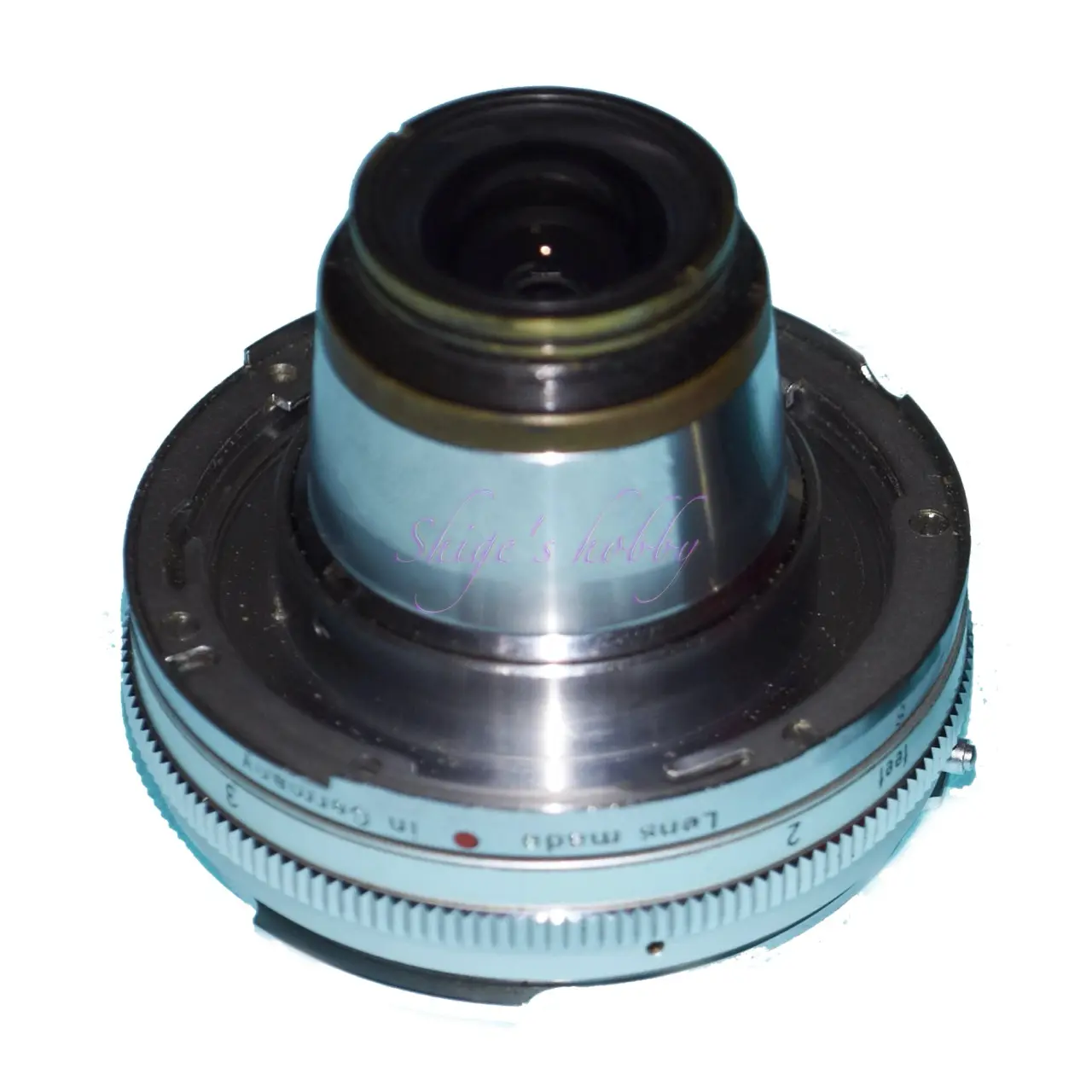
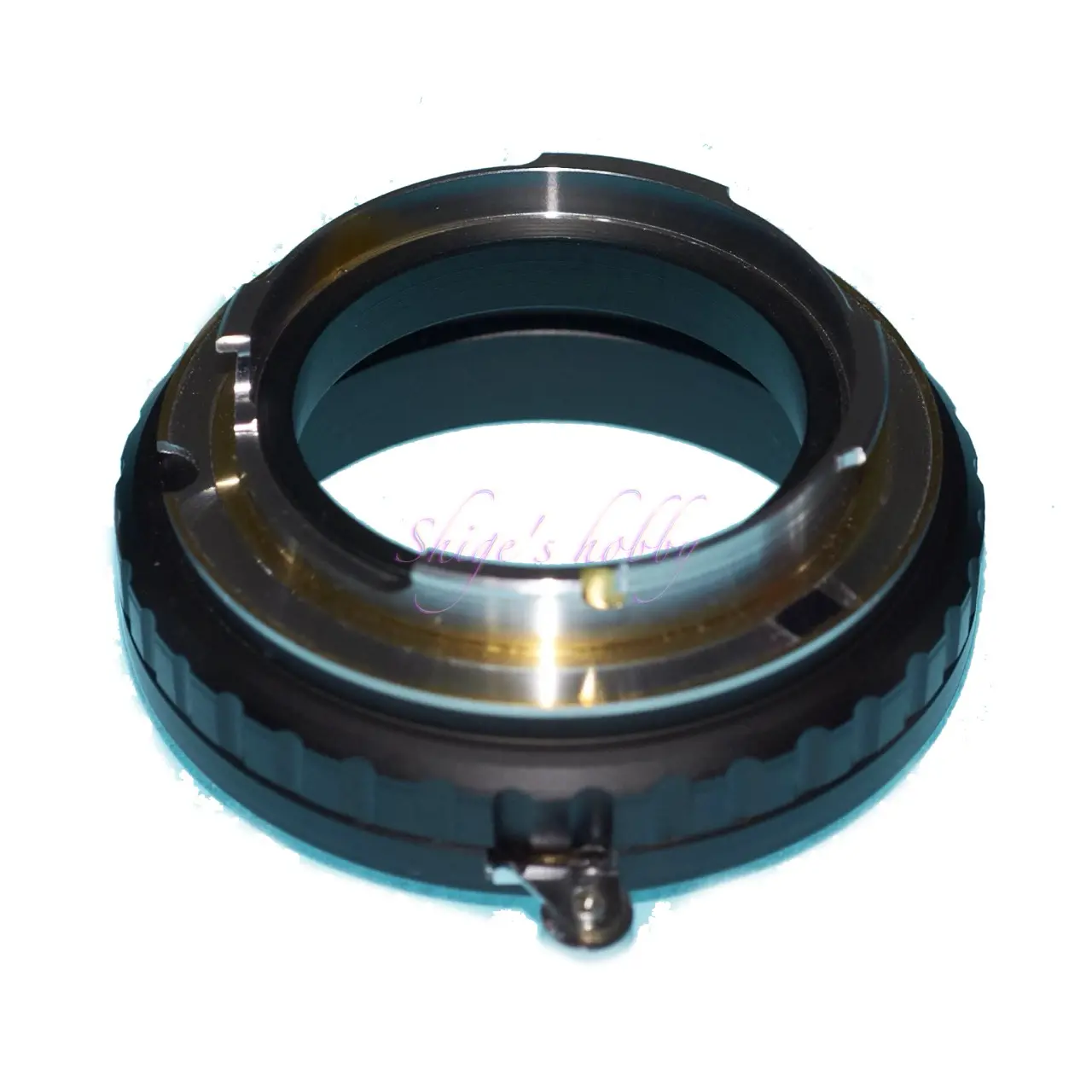
3.Summary
To sum up the CONTAREX BIOGON 21mm F4.5, it is a lens that will appeal to photographers who like wide-angle prime lenses.
In particular, in monochrome, you can enjoy sharp depictions regardless of whether you use digital or film. However, I do not recommend it for color photography, as there are many problems with it. In both monochrome and color, vignetting is a symmetrical lens, so you have to give up on it.
If you are a photographer who does not often use wide angles, it is safer to purchase a prime retrofocus lens or zoom lens.
Specification and Competitor
Comparing the CONTAREX and the CONTAX BIOGON, the CONTAREX has a darker maximum aperture and is more compact.
The CONTAX G BIOGON has an advantage in terms of brightness and minimum shooting distance because of its new design.
- The lens construction diagrams are quoted from each company’s materials, and the sizes have been adjusted by us, so they are not exact.
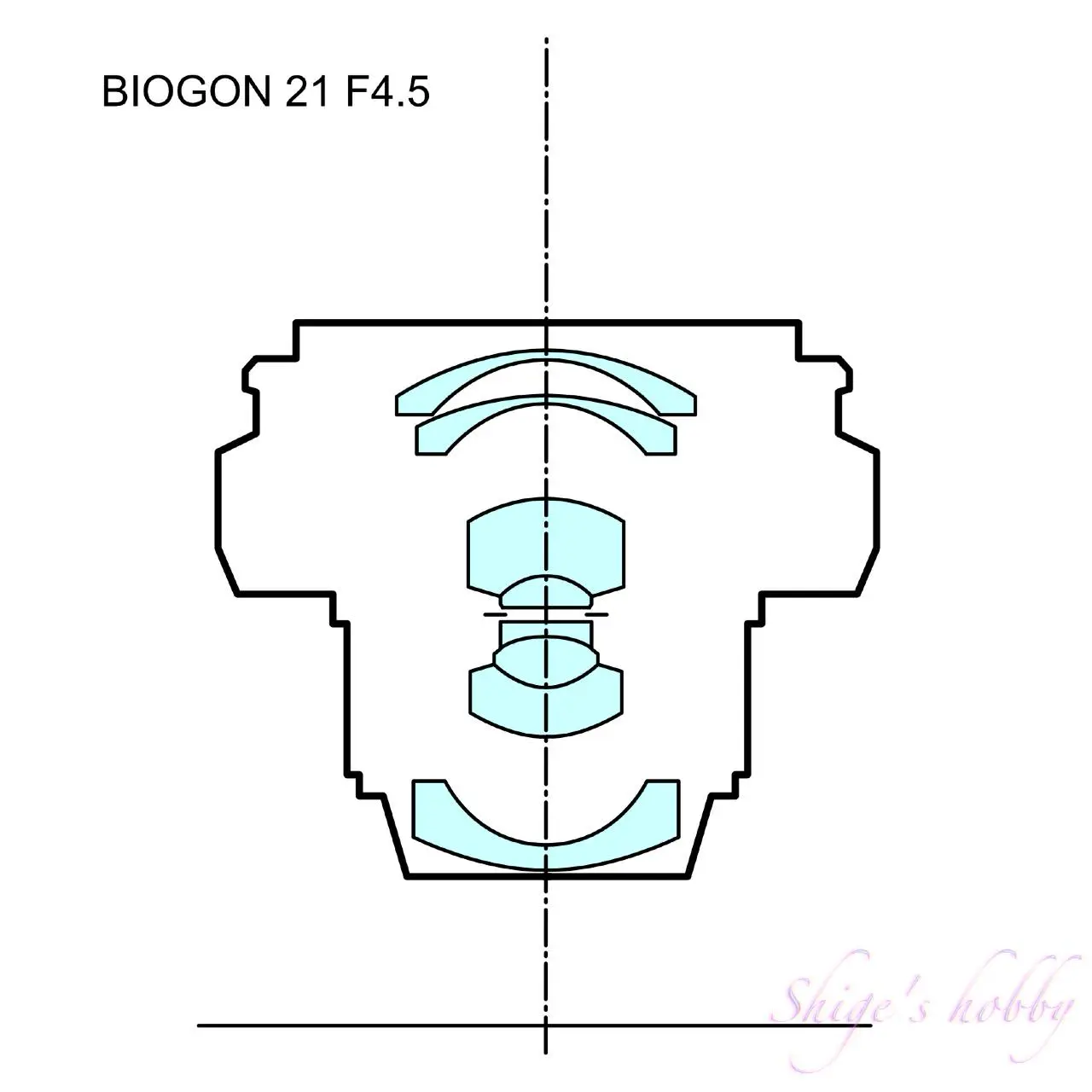
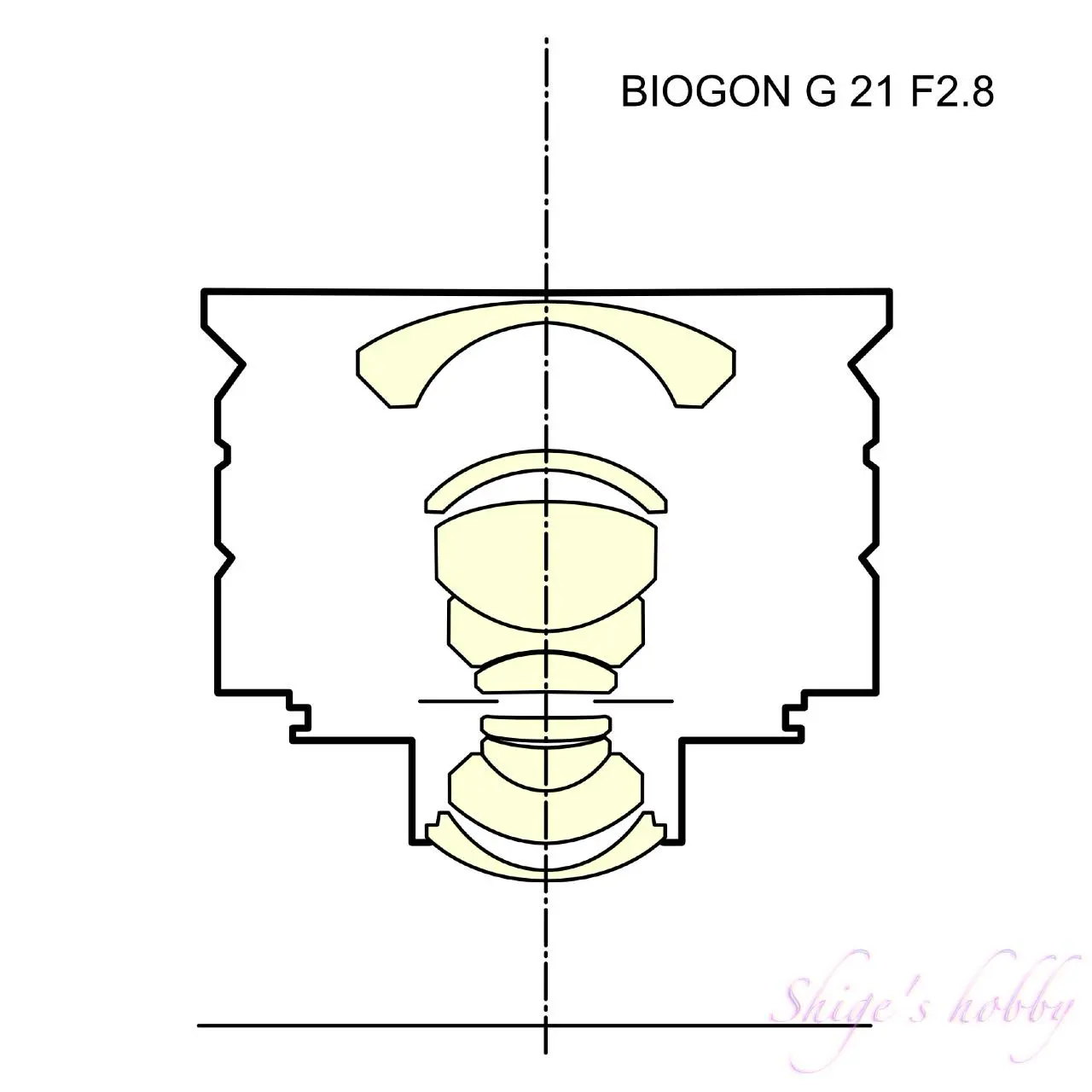
| Item | CONTAREX BIOGON | BIOGON G 21mm |
| focal length(mm) | 21 | 21 |
| Maximum aperture | 4.5 | 2.8 |
| Minimum aperture | 22 | 22 |
| Leaf blade | 8 | 7 |
| Lens configuration | 5 groups in 8 elements | 7 groups in 9 elements |
| Minimum distance(m) | 0.9 | 0.5 |
| Lens length(mm) | 35 | 35.5 |
| Lens max diameter(mm) | 55 | 59 |
| Filter diameter(mm) | 49 | 55 |
| Weight(g) | 271 lens only | 200 |
| Hood | Dedicated bayonet hood | Third party hood |
| Lens mount | ライカM | CONTAX-G |
| Release date | 1958 | 1996 |
Reference links
- List of CONTAREX lenses by Wikipedia
- LEICA M9・Shige’s hobby
- EPSON R-D1・Shige’s hobby
- BIOGON G21mm・Shige’s hobby
- LENS.DB・CONTAREX BIOGON 21mm
- The Carl Zeiss 21mm Biogon (Not SSL communication)
Update history
- 2025.5.5
- 2024.04.10:update
- 2022.11.15:First draft
Affiliate Link
- Please see the disclaimer regarding advertising here.
- Italicized links in the text are advertisement links that take you to other sites.

Amazon Prime Sale

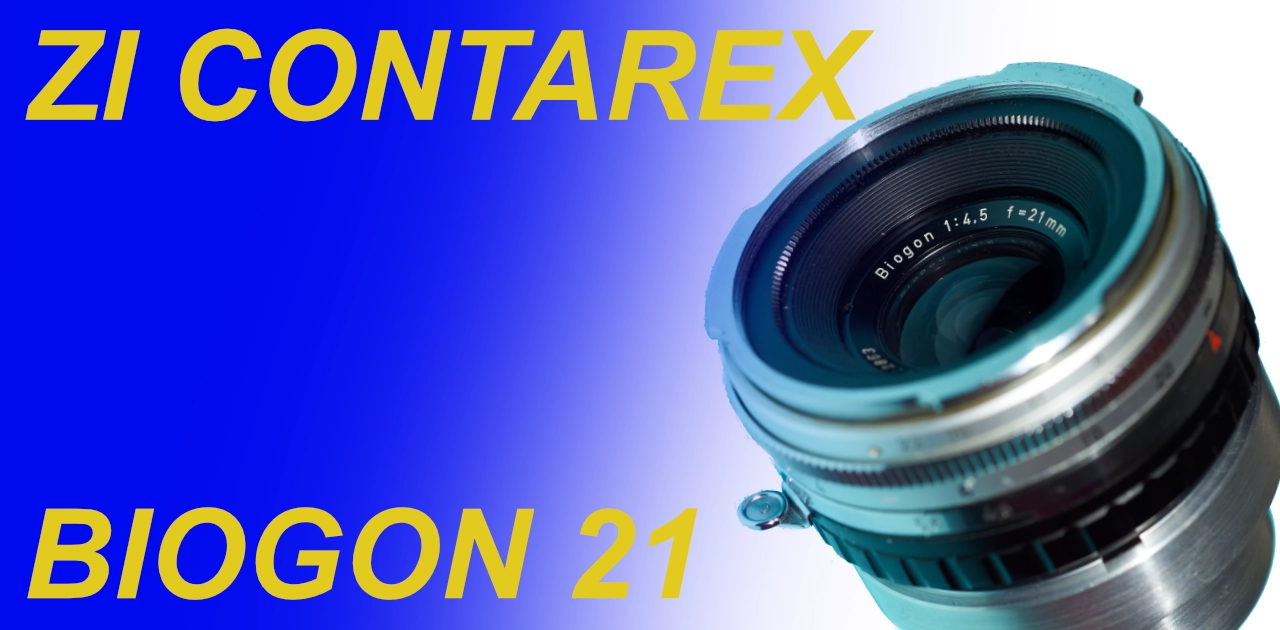

Be First to Comment